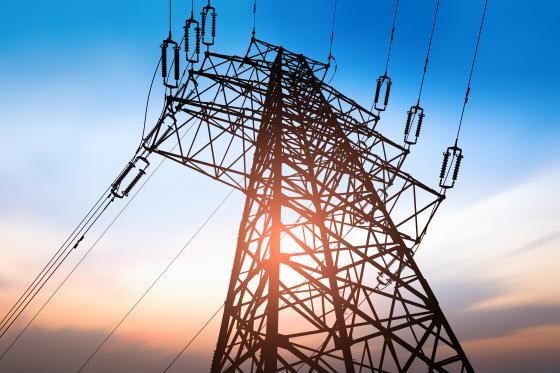High-Voltage Direct Current Connections
The HVDC Regulation
The High Voltage Direct Current Connections Network Code (HVDC Regulation) establishes the requirements for the connection of HVDC systems and direct current-connected power park modules. The Regulation entered into force on 28 September 2016.

The core elements
This Regulation provides that:
-
The connection requirements apply to HVDC systems connecting synchronous or control areas, HVDC systems connecting power park modules to a transmission network or a distribution network, an embedded HVDC system within one control area and connected to the transmission network, and an embedded HVDC system within one control area and connected to the distribution network when a cross-border impact is demonstrated by the relevant TSO. The relevant system operator can refuse the connection of a new HVDC system or DC-connected power park module which does not comply with the requirements and is not covered by a derogation granted by the regulatory or other authority where applicable in a Member State.
-
The connection standards do not apply to HVDC systems whose connection point is below 110 kV unless they have a strong cross-border impact. The Regulation does not apply to HVDC systems or DC-connected power park modules connected to the transmission system and distribution systems of islands of Member States whose systems are not operated synchronously with either the Continental Europe, Great Britain, Nordic, Ireland and Northern Ireland or Baltic synchronous area.
-
Certain provisions of the Regulation do not apply to a system having at least one HVDC converter station owned by the relevant TSO or the HVDC system owned by an entity controlling the relevant TSO.
-
Existing HVDC systems and existing DC-connected power park modules are not subject to the Regulation.
